The Hebrew alphabet is read from right to left. It is composed of 22 consonants, five of which have final forms that are used at the end of words.
It can also be called Jewish, square or block script. Besides Hebrew, it is also used when writing Yiddish and Ladino, a Jewish-Iberian language based on old Spanish.
In its purest form it has no true vowels and, like Arabic, is considered an abjad. But throughout its history, it has developed two different vowel systems, that of using the weak consonants (א (alef), ה (he), ו (vav) and י (yud)) to represent long-vowels and diphthongs and the optional use of diacritical vowel markers for short-vowel sounds.
It can also be called Jewish, square or block script. Besides Hebrew, it is also used when writing Yiddish and Ladino, a Jewish-Iberian language based on old Spanish.
In its purest form it has no true vowels and, like Arabic, is considered an abjad. But throughout its history, it has developed two different vowel systems, that of using the weak consonants (א (alef), ה (he), ו (vav) and י (yud)) to represent long-vowels and diphthongs and the optional use of diacritical vowel markers for short-vowel sounds.
In our lessons we also provide transliterations for most words and phrases. This is the converted form Hebrew to the Latin alphabet.










 French
French Spanish
Spanish English
English Italian
Italian German
German Portuguese
Portuguese